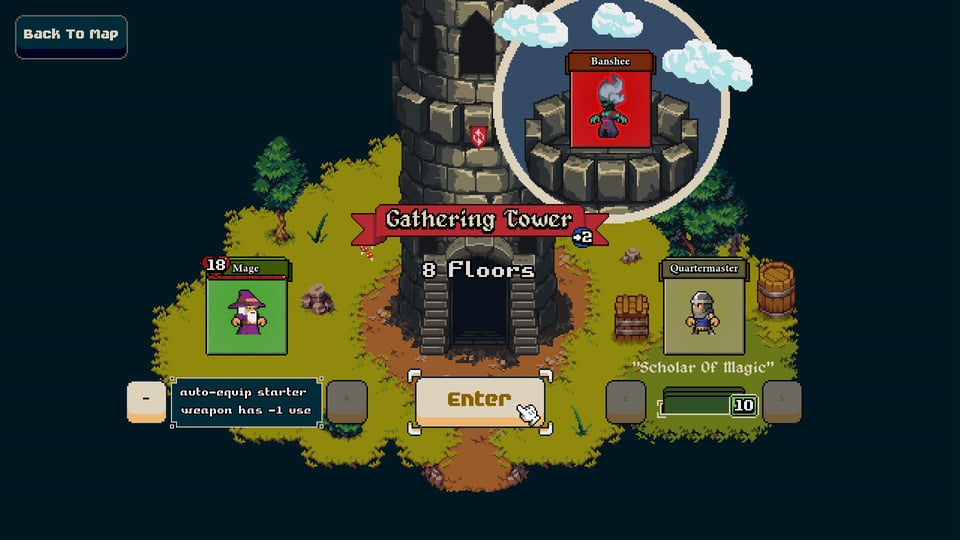Expedition 8
The Bathysphere
Welcome to our eighth expedition! This week’s essay concerns the concept of ‘endlings’ in both video games and the games industry itself – if you’re not sure what an endling is, you will have to read on. Also, we have game and book recommendations and we glance back at a very critical Edge magazine review from the era of FMV games… As ever, a section of our journey is available for free, the rest is for paid expedition subscribers only. Thank you for joining us!
The Bathysphere crew
Christian Donlan
Florence Smith Nicholls
Keith Stuart
Contact us on bathyspherecrew@gmail.com
Delightful games

Lost for Swords is a Godot-made game I’m playing on iOS quite a bit at the moment. It’s a card-based dungeon battler with lovely brisk levels and depths which are steadily becoming more apparent as I play. At the heart of it, I think, is a design that wants you to uncover the right order in which to do things - the right order for turning over a weapon, say, and then using it on a foe, or picking the right foe to attack while you still have a bit of shield left. I’ll leave it at that, because it’s a game that’s filled with the joys of discovery. I hope you enjoy it! CD
There’s a slim chance you haven’t yet been cajoled into playing Despelote, a short game about childhood set during Ecuador’s 2002 World Cup qualifying campaign – so I’m doing that cajoling now. It’s such a fascinating experiment in form, meta-narrative and the potential of games as a medium of documentary and autobiography. Also, you can pet the animals. KS